.
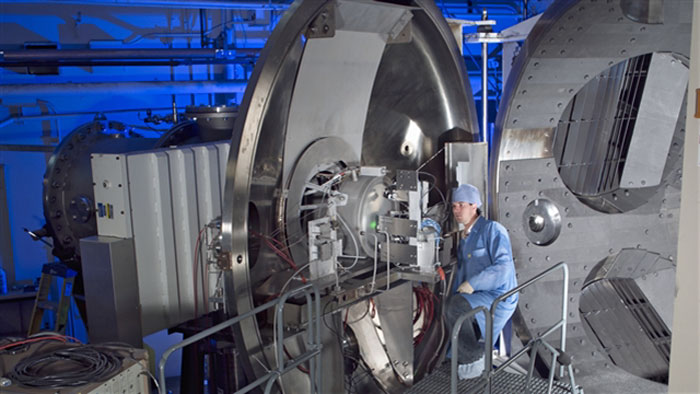
An engineer at NASA Glenn checks the alignment of a camera system for the NEXT Long Duration Test prior to closing the vacuum facility back in 2005. Image credit: NASA
.
NASA’s Evolutionary Xenon Thruster (NEXT) project, has completed a test that powered an ion engine for over 48,000 hours. That’s five and a half years of thruster operation, the longest duration test of any space propulsion system in history.
What makes this milestone truly amazing is that NEXT consumed just 860 kg of xenon propellant. A conventional rocket would require 10,000 kg of propellant to provide the same amount of total momentum. By providing low, constant thrust over long periods of time, electric propulsion engines such as NEXT can accelerate spacecraft using less than a tenth of the propellant of a chemical rocket.
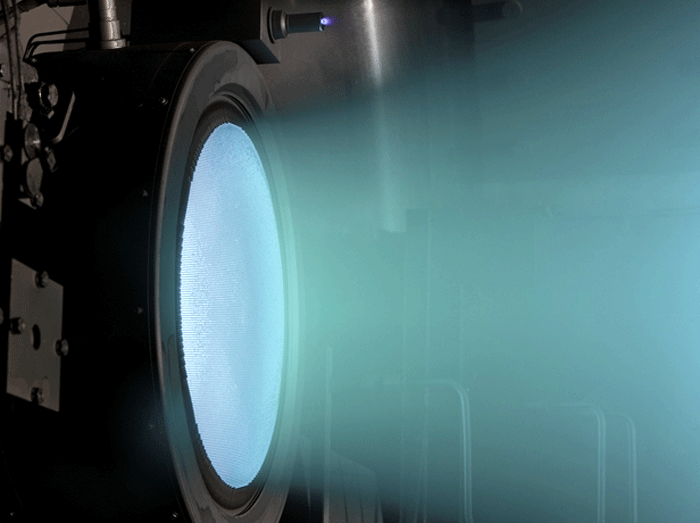
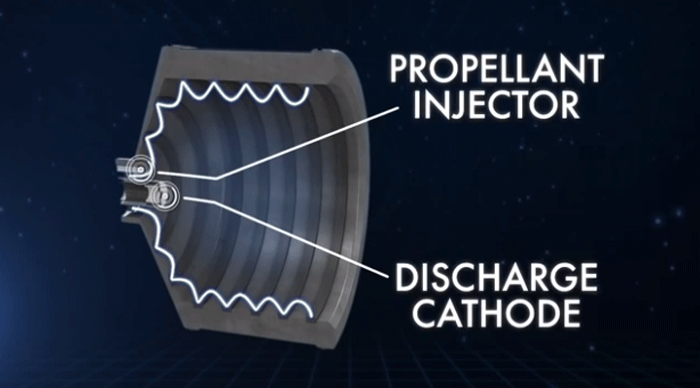
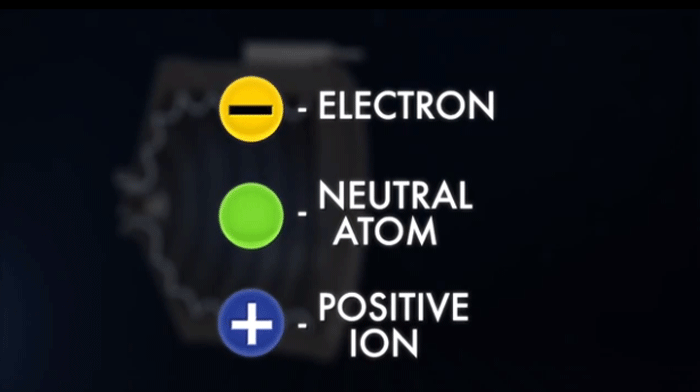
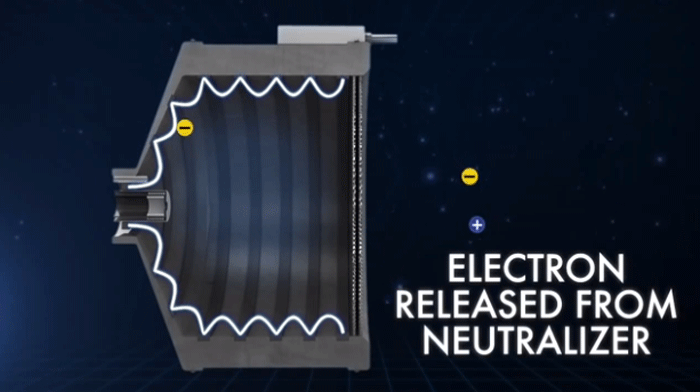
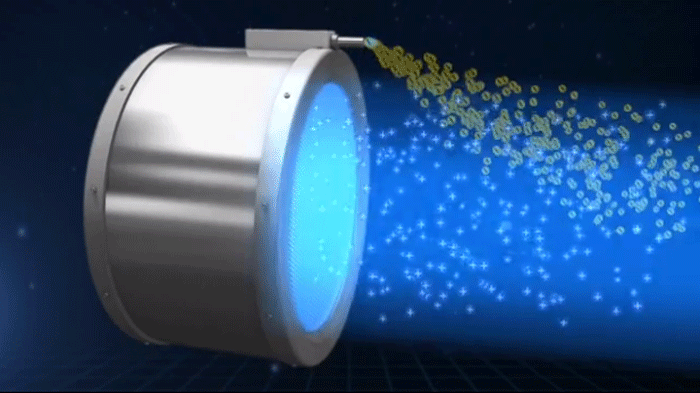
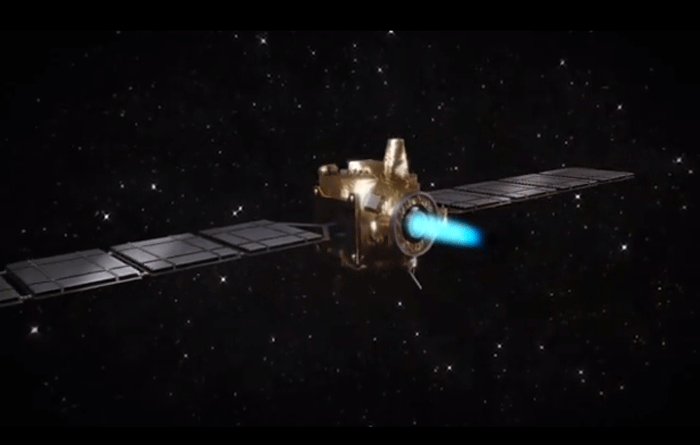
An ion thruster produces small levels of thrust relative to chemical thrusters, but does so at higher exhaust velocities, which means that an ion thruster has a fuel efficiency of 10-12 times greater than a chemical thruster. Given that an ion thruster produces small levels of thrust relative to chemical thrusters, it needs to operate in excess of 10,000 hours to slowly accelerate the spacecraft to speeds necessary to reach the asteroid belt or beyond.
.

NASA's Evolutionary Xenon Thruster (NEXT) Project Image credit: NASA.
NASA is now poised to equip some of its most important deep space missions with ion engines that can nudge spacecraft using charged particles accelerated to blistering speeds of up to 90,000 miles per hour and push those engines continuously for years.
Ion propulsion engines have been operating in space for many years in commercial, military and civil applications. NASA's own Dawn spacecraft uses ion propulsion. While the Dawn spacecraft is visiting the asteroid Vesta and dwarf planet Ceres, NASA's Glenn Research Center has been developing the next generation of ion thrusters for future missions. NASA's Evolutionary Xenon Thruster (NEXT) Project has developed a 7-kilowatt ion thruster that can provide the capabilities needed in the future.
NEXT is part of a class of solar electric propulsion (SEP) engines."SEP uses electricity, generated by solar panels, to power an electric thruster to propel spacecraft," says Michael Patterson, principal investigator. "Because it reduces the amount of propellant needed for a given mission, it greatly reduces the weight of the vehicle."
NEXT represents a new, more robust capability for longer duration deep space missions. Mission planners can either reduce the size of the launch vehicle needed or they can carry larger payloads for a greater science return.
"The bottom line in space is to maximize the payload we deliver including potential missions in support of human operations and scientific payload," says Patterson. "We don't want to spend all our resources pushing propellant around. NEXT can fly huge payloads deep into space with super fuel efficiency."
.





Quelle: NASA / SEN
7531 Views
